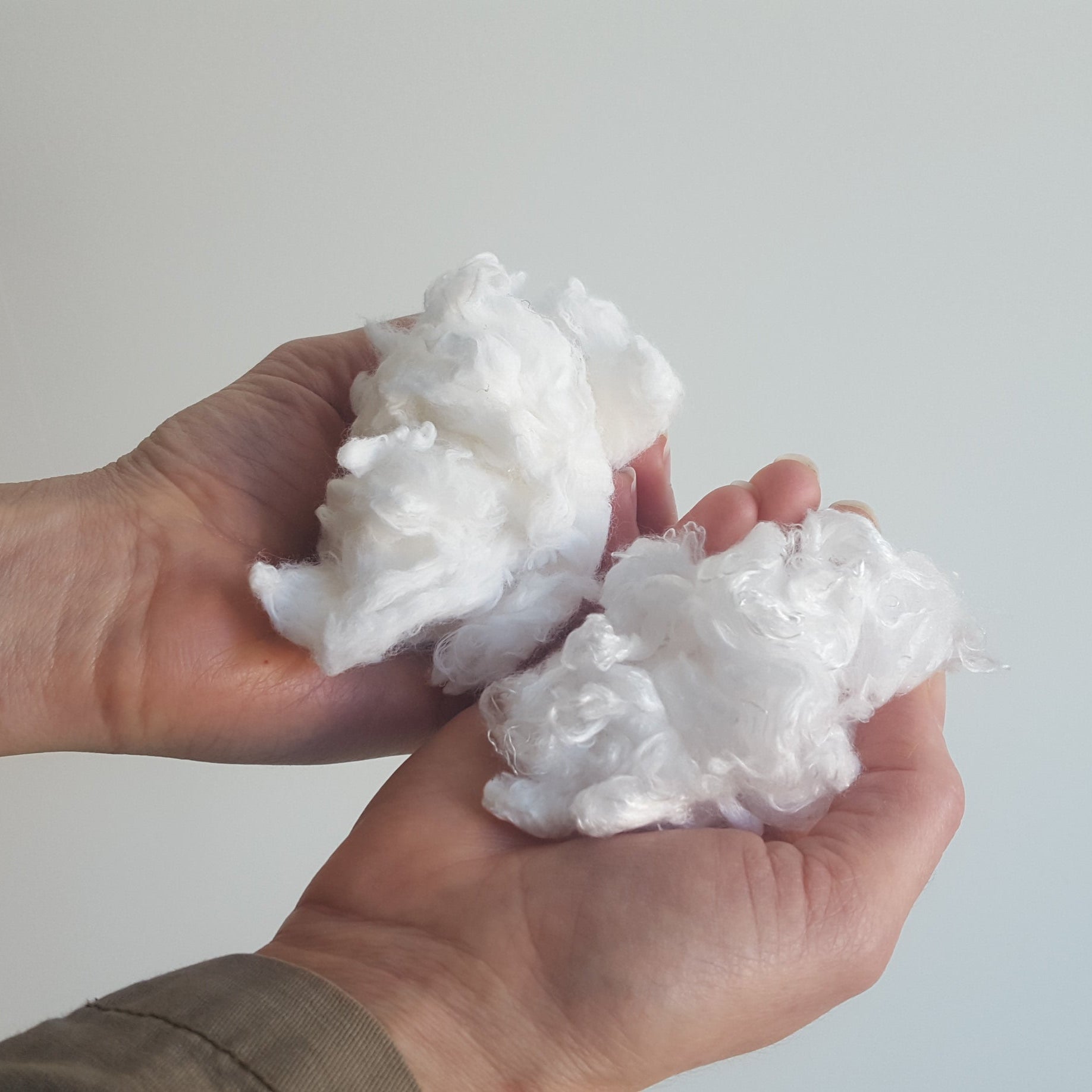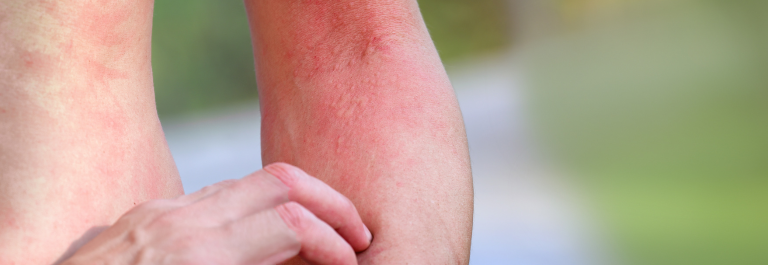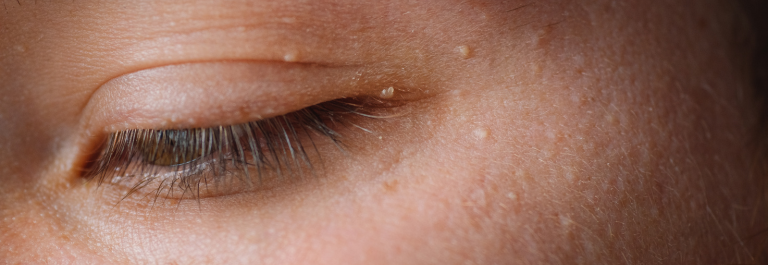Do you experience painful rashes in the folds of your skin? You may suffer from intertrigo, a common skin infection resulting from skin friction (skin rubbing against skin). While it may be uncomfortable, it is highly treatable. In this article, we will discuss:
-
Causes of intertrigo
-
Signs and symptoms of intertrigo
-
Natural intertrigo treatment
Read on to discover how you can recognize and soothe symptoms of intertrigo.
What is Intertrigo?
Intertrigo is an inflammatory skin condition caused by skin-to-skin friction. It tends to develop on skin folds where skin surfaces rub against each other, resulting in a reddish rash. Intertrigo may appear anywhere on the body where there are skin folds, but these rashes are most commonly found on the inner thighs, armpits, under the breasts, on stomach skin folds, and in the groin. It is not contagious, and when treated early, intertrigo is very easy to manage.
Causes of Intertrigo
Intertrigo is a common skin condition that affects people of all ages. It develops when skin rubs against other skin and is made worse by moisture and heat. Warm, damp environments encourage the growth of bacteria and yeast, which leads to secondary infection. Moisture also increases the amount of skin friction, worsening the symptoms of intertrigo.
Some people have a higher chance of developing intertrigo, especially those with a weakened immune system. Common risk factors for intertrigo and common secondary skin infections include having a higher body mass index (over 25), diabetes mellitus, excessive sweating, incontinence, and living in hot and humid climates.
Secondary Skin Infections
Intertrigo can lead to secondary infections, such as fungal and bacterial infections. This usually happens when a skin fold's moist and warm environment allows bacteria or yeast to grow. This is why keeping affected skin dry and cool is one of the main treatments for intertrigo.
Symptoms of Intertrigo
How do you know that your rash is intertrigo? Here are a few symptoms to look out for:
-
Reddish or reddish brown rash in areas in folds or creases of the skin
-
Itching, burning, and stinging on the affected skin
-
Pain or discomfort on or around skin folds
-
Affected skin becoming cracked, crusty, or scaly
-
Skin folds feeling raw and irritated
-
Bleeding or oozing around the affected area
If left untreated, intertrigo can develop secondary skin infections, usually as a fungal or bacterial infection. Signs of infection include:
-
Raised painful bumps on the affected area
-
Pus-filled bumps on the affected skin
-
Rash develops a foul odor
If you suspect that your intertrigo has developed a bacterial or fungal infection, it's best to seek medical treatment.
How Do I Treat Intertrigo At Home?
Treat intertrigo naturally and prevent this inflammatory skin condition from developing a secondary infection with these easy steps.
Keep Skin Cool and Dry
Keeping skin surfaces and skin folds dry and cool prevents both bacterial and fungal infection. You can keep the affected area dry by drying yourself well with a towel after bathing, wearing antiperspirant, avoiding wet environments, and even drying any affected area with a hair dryer on a cool setting.
Wear Loose Clothing
Wearing loose clothing made with natural fabrics like cotton or linen will prevent fungal and bacterial infections because it allows the skin to breathe. You can also wear fabrics designed for sensitive skin to treat and prevent intertrigo and secondary skin infections. The Remedywear™ Long-Sleeve Shirt and Remedywear™ Pants are made with breathable TENCEL and zinc oxide, which are antibacterial and antifungal to treat and prevent any secondary infection. The Remedywear™ line is made with sensitive skin in mind and is safe for any inflammatory skin condition.
Use a Skin Barrier Protectant Cream
Intertrigo can affect skin folds all over the body. Using an emollient cream on any affected areas will keep the skin dry and soothe your skin rash. This Organic Manuka Skin Soothing Cream is a creamy balm made from only six natural ingredients. It's designed with sensitive skin in mind and is perfect to use from head to toe. It contains active manuka honey oil, which will keep secondary infection at bay with its antibacterial and antifungal properties.
Avoid Hot and Humid Environments
Intertrigo results from friction caused by moist skin, so limited exposure to sweat-inducing heat and humidity is vital to managing its symptoms. Reduce time spent in hot and humid environments, such as hot showers, baths, saunas, and hot tubs.
Create a Physical Barrier
Placing materials like gauze or cotton on affected skin folds can prevent friction and keep the affected skin dry, soothing symptoms of intertrigo and preventing secondary infection.
When to Seek Medical Help
If you have inflamed skin folds accompanied by painful, pus-filled bumps or intertrigo on skin surfaces that develops a bad smell, it may indicate that you have developed a bacterial or fungal infection (yeast infection). In severe cases of intertrigo, it is best to seek medical attention to prevent secondary skin infections from worsening, especially if you have a weakened immune system. Your doctor may prescribe a topical steroid cream or oral medication to combat symptoms of intertrigo and kill any fungal or bacterial infection.
Relieve Intertrigo Symptoms
While intertrigo is not a pleasant inflammatory skin condition, rest assured that it is very common and highly treatable. Follow our easy tips, and intertrigo and secondary infection will be a thing of the past!










